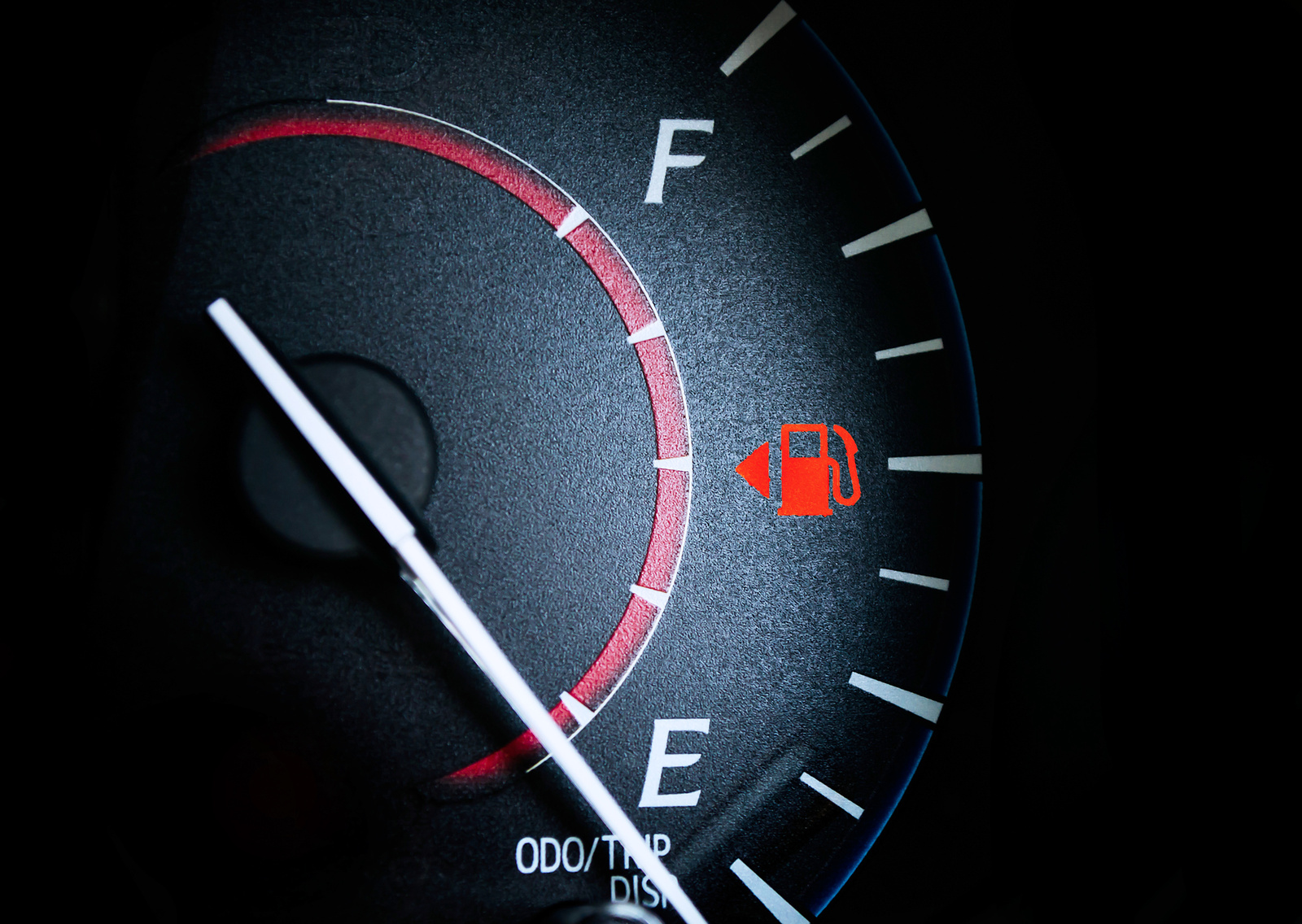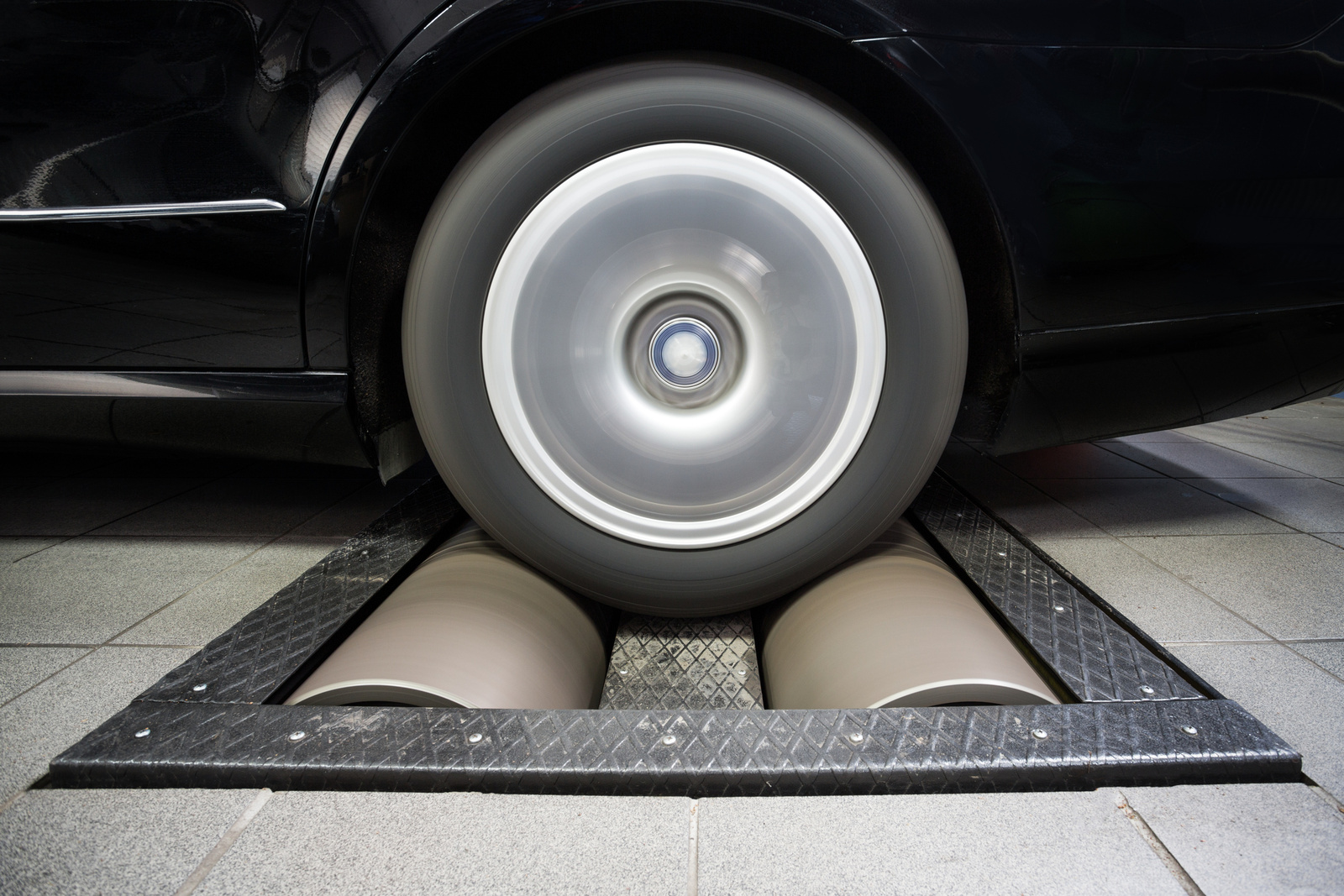
On average, drivers spend over 13,000 miles on the road each year. That doesn’t translate to only a lot of time behind the wheel, but also a lot of time at the pump. Just how much, though, depends on a lot of things, including your car’s fuel economy.
Fuel economy refers to how efficiently your car consumes fuel. In short, if your car’s fuel economy is “good,” you can drive it farther on a tank of gas. “Bad” fuel economy means you’ll spend a lot more time—and money—at gas stations.
If you’ve purchased a car within the past decade or so, you’re likely familiar with fuel-economy rates—they posted on the sticker in each new car's window. Fuel-economy stickers indicate the miles per gallon (mpg) you can expect in a couple scenarios. The first is city driving, which requires more starting and stopping and thus uses more fuel. The second is highway driving, which will deliver more miles per gallon. These are often presented together as “combined” fuel economy, with city driving representing 55% of the combined number and highway driving representing the other 45%.
If you’re looking to buy a car, you may automatically opt for a vehicle with a stated above-average fuel economy. And why not? Even if a more efficient vehicle costs a little extra now, you’ll make up the difference with decreased gas costs over time—or so it seems. Unfortunately, like much of the car-buying process, those mileage numbers are there to sell you something. To ensure you get what you want, understand what those mileage stickers actually mean before making your purchase.
The EPA’s Role

The Environmental Protection Agency (EPA) cares a lot about fuel economy. This makes sense. After all, burning fuel has a big impact on the air we breathe and the environment around us. So, the more efficiently vehicles consume fuel, the better off we’ll all be.
The EPA requires car manufacturers to meet certain fuel-economy standards, test their new models, and share their mileage findings. These mileage figures then make their way onto the fuel-economy stickers placed on almost all new cars. (Vehicles with gross-vehicle-weight ratings over 8,500 pounds are the exception.)
To make sure automakers live up to their word, the EPA double-checks the accuracy of those stickers’ numbers… sort of. Roughly 15% to 20% of car manufacturers’ info is confirmed through EPA tests. The majority of these vehicles are chosen randomly (approximately two-thirds).
Since the EPA can’t test the fuel economy for every make and model, federal law regulates how fuel-economy tests are performed to provide at least some measure of consistency. And while it would make sense if these tests mimicked real-world driving, they have to subtract the “real world” part to level the playing field among all vehicles.
For these tests, cars are placed on, essentially, giant treadmills (more technically known as “dynamometers” or “dynos”). They’re then run through a series of set driving routines at different speeds. All tests are conducted on “virtually” flat ground and using two-wheel drive (even for four-wheel drive vehicles). In addition, manufacturers are required to use representative models for their vehicles—they don’t check every single car as it comes off the line.
The results of these tests make their way into the EPA’s annual fuel-economy guide. You can find the most recent one here.
Real-World Driving

Controlled experiments, like those used by the EPA, allow for standardized results across all vehicles. But they can’t replicate the fuel economy you’ll get on the road.
If you’ve ever run on a treadmill, you know it’s very different from running outside, where things like traffic and weather can impact your performance. Similarly, lab tests simply can’t account for these variables, let alone the car’s greatest external factor: its driver. If your car’s fuel economy deviates greatly from its reported value, odds are it’s because of how you drive and use it.
Do you drive aggressively? Driving above the speed limit, and aggressive acceleration and braking can decrease your fuel economy by up to 30% when you're cruising on the highway, and anywhere between 10% and 40% in traffic.” Other factors that can decrease a car’s listed fuel efficiency: blasting the air conditioning, driving on hilly terrain, securing cargo on top of a vehicle, idling excessively, and towing heavy items. In short, pretty much every aspect of real-world driving impacts your car’s fuel economy.
So, it’s probably safe to take those mileage sticker numbers with more than one grain of salt when car shopping. On the bright side, you don’t need to assume they’ll be wildly unfavorable to you, though. Not everyone drives 55% of their time in the city after all!
Calculating Your Fuel Economy

Since your driving habits are probably the most significant factor in your vehicle’s fuel economy, you should measure its mileage yourself for an accurate reading. This may seem too little, too late if you’ve already purchased a vehicle. However, understanding how your driving impacts your fuel consumption can help you manage fuel costs down the line and factor into future car-buying decisions.
To start, fill up your tank at the gas station. When you do, record your current mileage. After that, drive as you normally would. Run your errands, make your commute, take the kids to school. Your experiment should represent how you actually use your car. When it’s time to fill up your tank again, write down not only your new mileage, but also how many gallons of gas you put into your car.
You can then calculate your personal mileage by subtracting your old mileage from your new mileage and then dividing that number by the number of gallons you most recently added to your car’s gas tank. If your numbers seem way off from the manufacturer’s, think about how you handled your car during the experiment. If nothing jumps out at you (be honest, speedy), you can always double-check that your odometer is correct. Drive a mapped-out route and see if its distance matches your odometer’s listed amount.
If you’re unhappy with your current fuel economy, calculate how much upgrading your vehicle would save you. You can cut your fuel costs dramatically by switching to an alternative fuel vehicle. The most prominent of these are electric vehicles or EVs. As they don’t use traditional “gallons” of petroleum gas, their fuel economy is measured a bit differently—via MPGe (miles per gallon equivalent) instead of MPG.
The EPA set this standard as well. It calculated how much energy one gallon of gas contains (115,000 BTUs) and then converted this into kilowatts (which power electric vehicles). That amount of energy equals 33.7 kilowatt hours. Like all other vehicles, MPGe varies from model to model for all-electric cars. However, the best ones can more than quadruple the fuel economy of gas-only vehicles and double that of hybrids. Combined with tax incentives, this can make seemingly expensive electric cars very cost-effective in the long run.
Related Topics
How to Choose Between Gas, Diesel, Hybrid, and Electric Cars
The Car Maintenance Schedule You Should Follow
All You Need to Know About Electric Vehicle Tax Credits
